The influencer market is huge and lucrative. There's a report that estimates 39% of all of Instagram's accounts are run by influencers. According to a study by InfluencerDB, Instagram spent $5 billion on influencer marketing, and the spend is only going up. So creators, in order to stay ahead from the real influencers, have created digital figures using 3D imaging and computer-generated imagery (CGI) technology to engage maximum users.
Here are the top 4 CGI Virtual Influencers on social media:
LIL MIQUELA
Lil Miquela is presently the most prominent CGI influencer. She is named in Time’s Most Influential People on the Internet with follower base of around 1.5 million followers on Instagram. She was created and launched in the year 2016,and has been a viral virtual influencer, ever since.
For a CGI model, it is imperative that they act how real people would. The creators of Miquela have pay special attention to this and have given her a social life, political opinions, work life, relationship etc. One would cease to believe that she is an unreal character as she actively shares her life posts on Instagram. She promotes firms like Barneys, Outdoor Voices, and Ugg.
BERMUDA
Bermuda is another CGI virtual influencer having attributes like Lil Miquela. She was developed as a rival to Miquela and has backstory of her own. Bermuda has a substantial following of 125,000 on Instagra
BLAWKO
Blawko, another CGI virtual influencer is related to Bermuda as boyfriend. He has Instagram following of 135,000. Blawko is different than Miquela and Bermuda as he has a YouTube channel too where he uploads vlogs every week.
SHUDU
Creation of a London-based photographer, Cameron-James Wilson - Shudu, is known as “World’s First Digital Supermodel,”. She has the same attributes as all other CGI virtual influencers but she has been super successful in attracting partnerships with luxury fashion house Balmain and Rihanna’s Fenty Beauty.
Pros Of using CGI Model in Influencer Marketing:
- Adaptability:
As simple as, you cannot control a human model, they have their own life...but when it comes to CGI virtual models, you are in total authority of each and every aspect of their life, which makes them more adaptable. They can be molded into any promotional capacity as the creator wants. - Brand Safety:
In simple terms...a real-life model can get into controversies or may be leading a life which is not so desirable in the perception of the audience, this could be a major set-back in your branding strategy. But with CGI models, this is never the case as they operate according to their creators commands. - Relatability:
CGI models are presented as humans, having human attributes such as emotions, feelings, having opinions, leading a lavish lifestyle - but are actually robots. This is the fact that excites the audience the most as they become interested in their life and follow them as they follow any other real-life celebrity. This creates a balance of relatability as they have both a CGI character and human influencer which share similarities in life.
Cons Of using CGI Model in Influencer Marketing:
- May lead to layoffs:
The major concern is CGI influencer models could take jobs from real models and dominate the industry few years down the line. - Difficulty to distinguish between real and fake:
Though the concept is new, but the question of concept being ethical always prevails. Creators are using digitally created identities to interact with the audience and influence them while the audience is still under impression that they are real. Another point is due to CGI models being fake entities...they don't have to follow rules in terms of sponsored content.



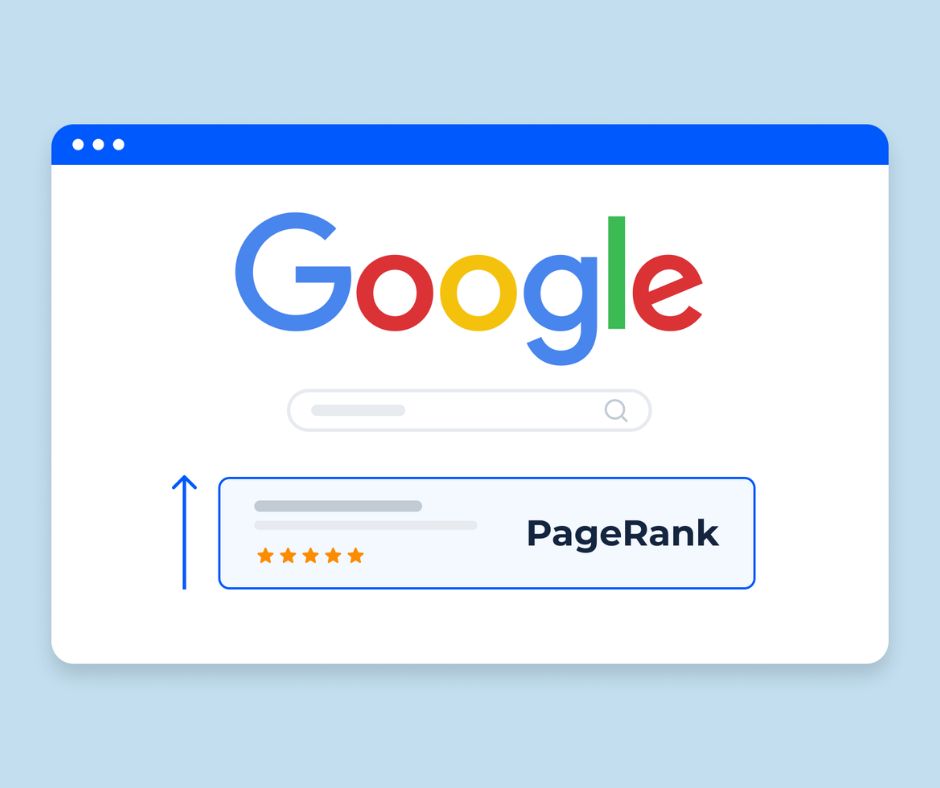

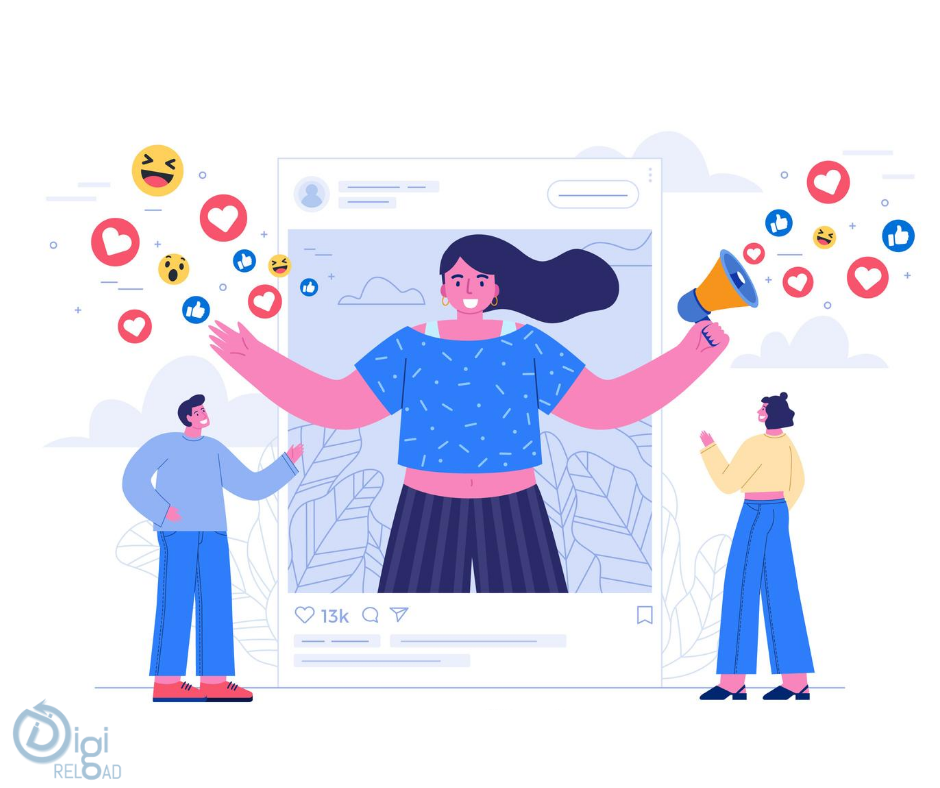



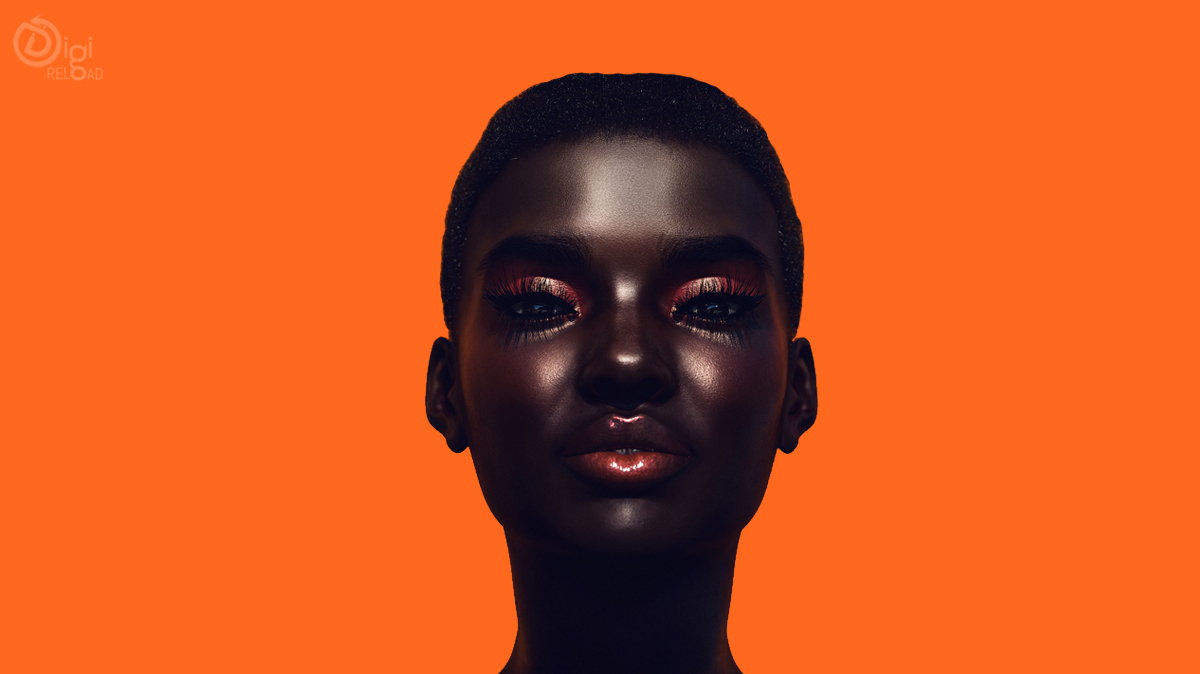
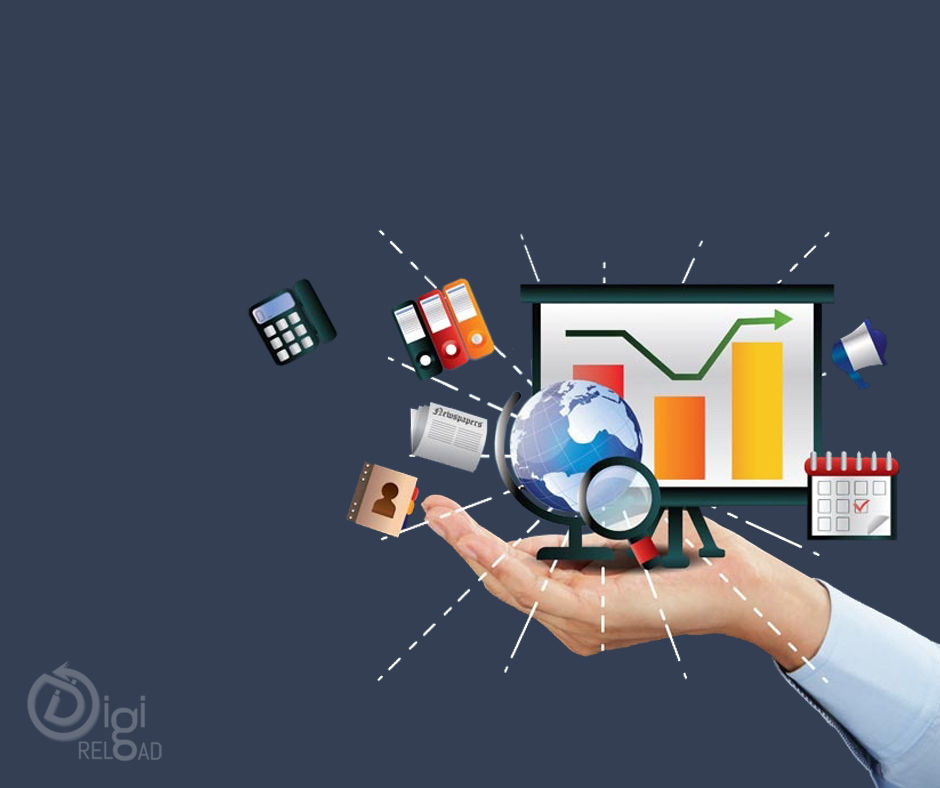
.png)

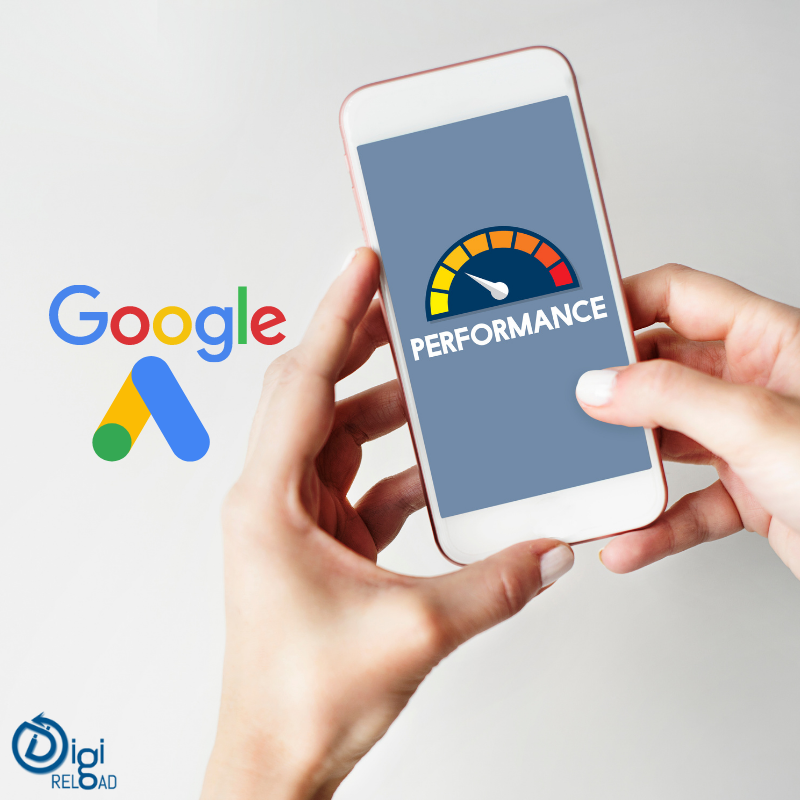


.png)